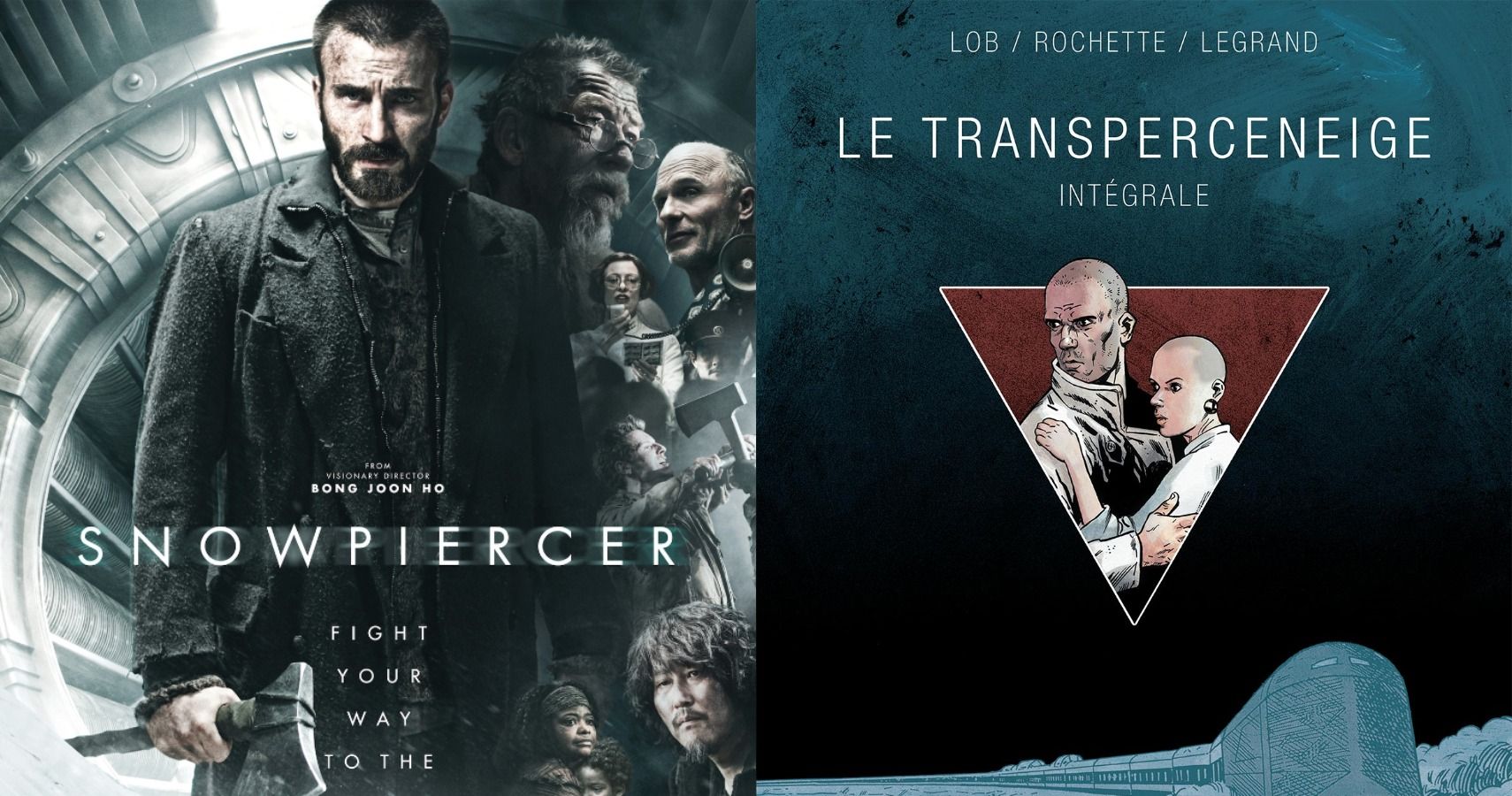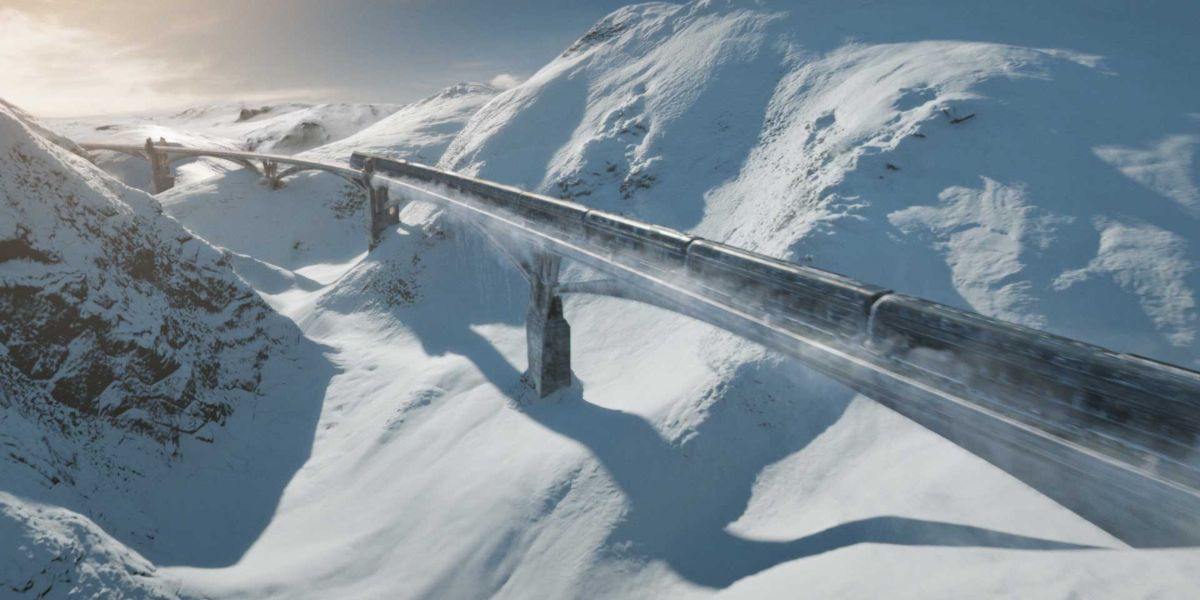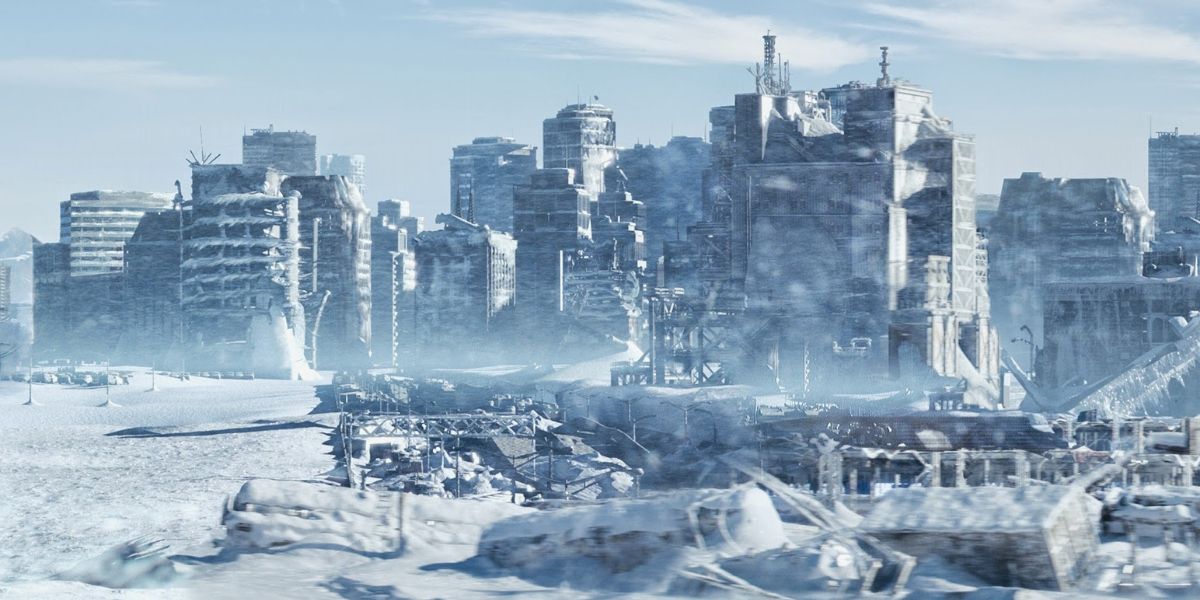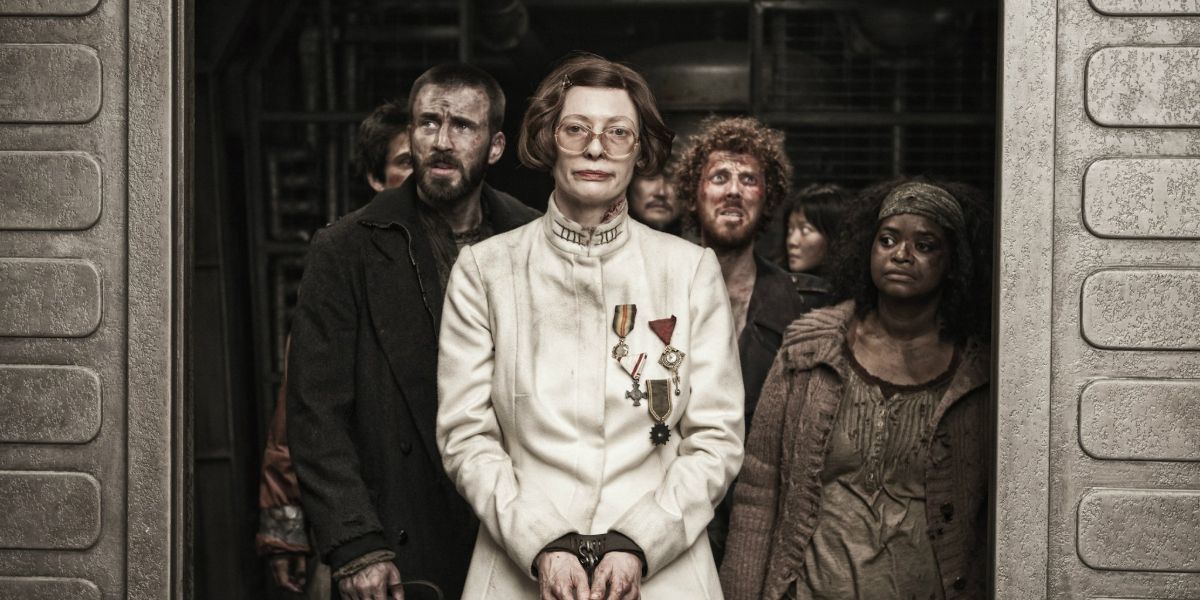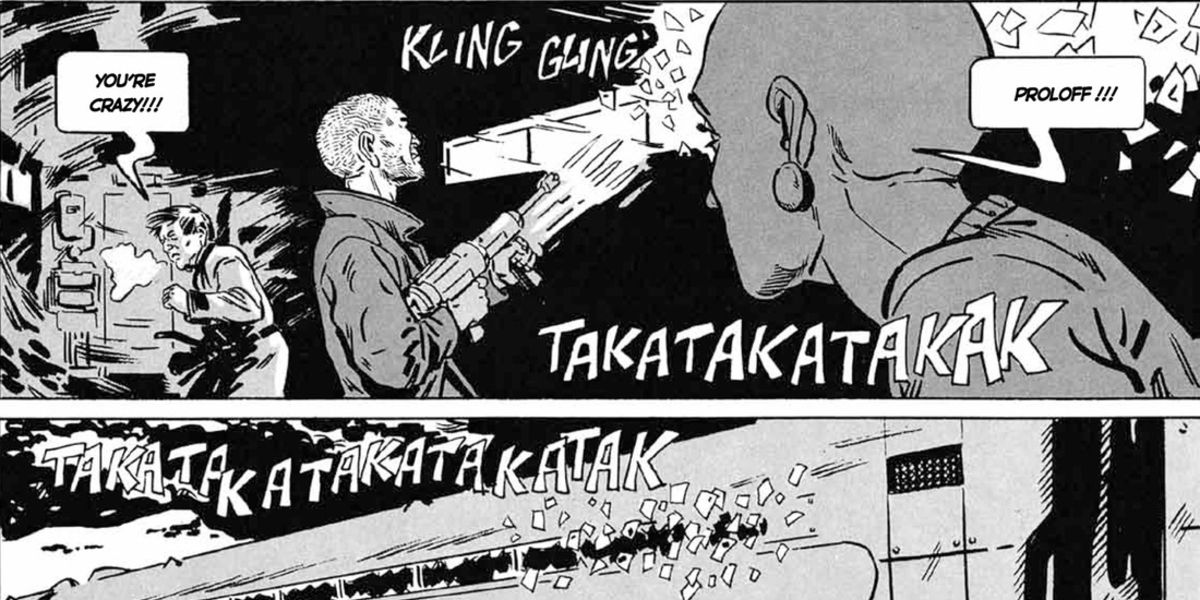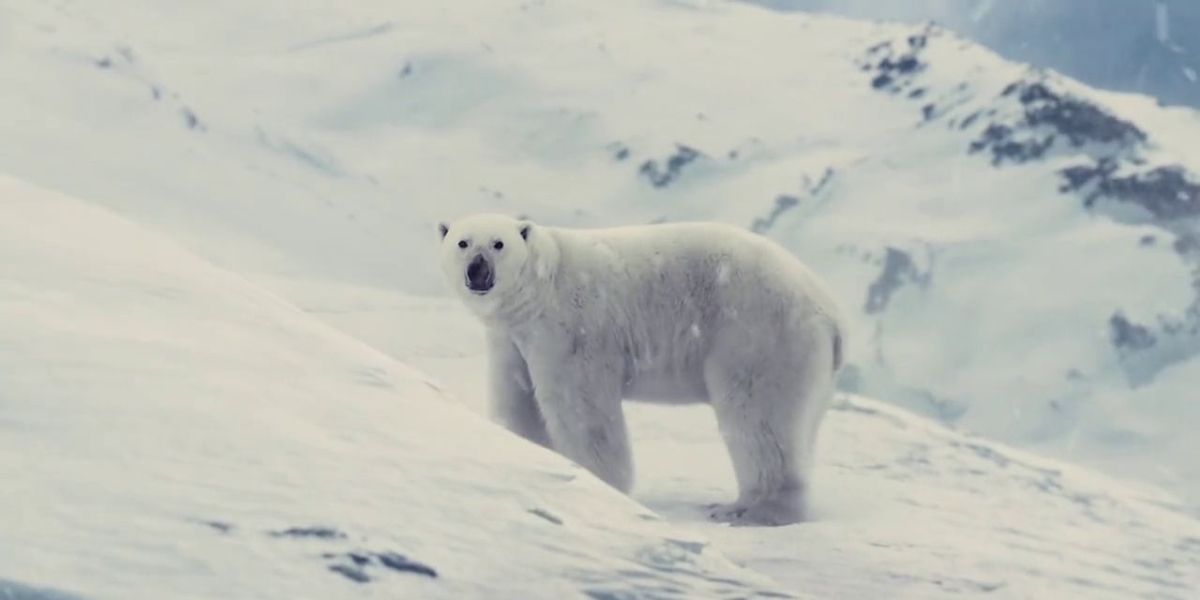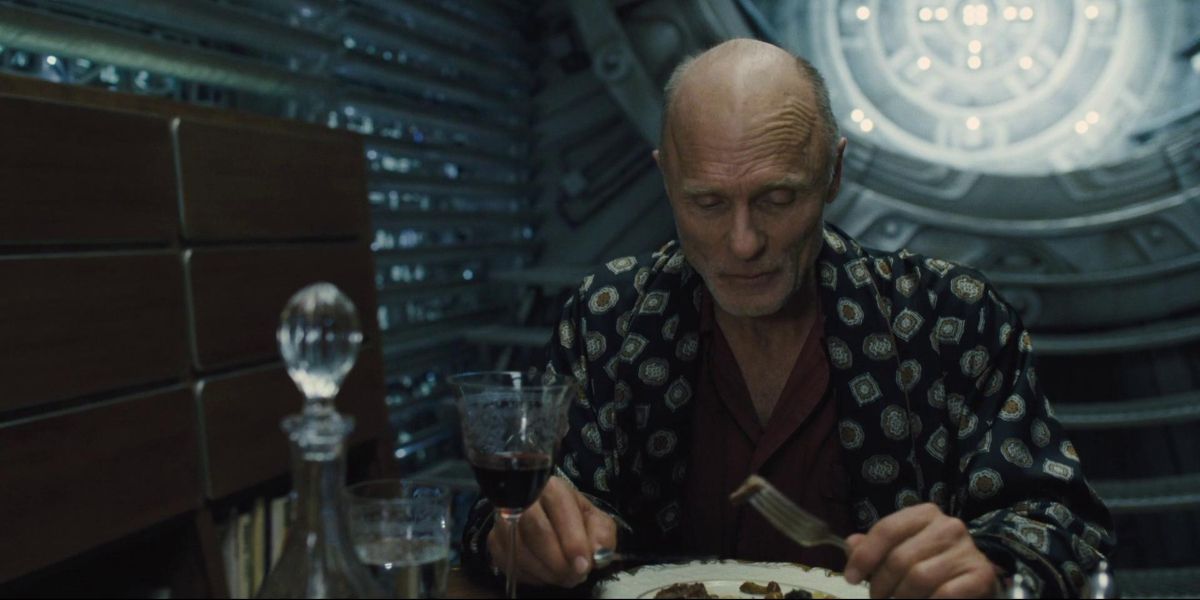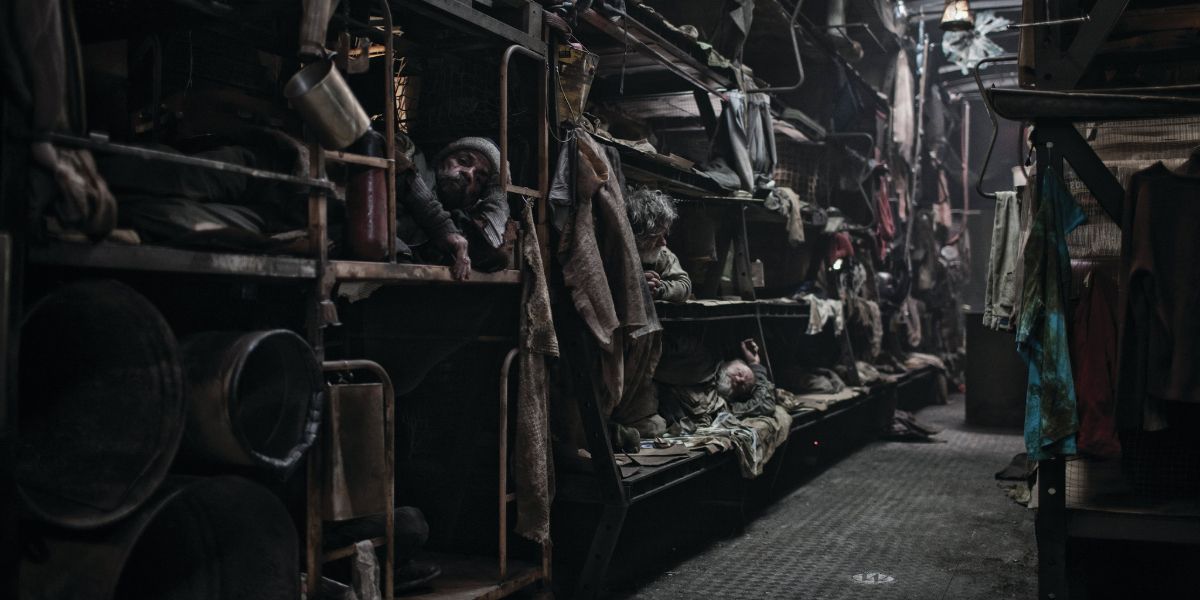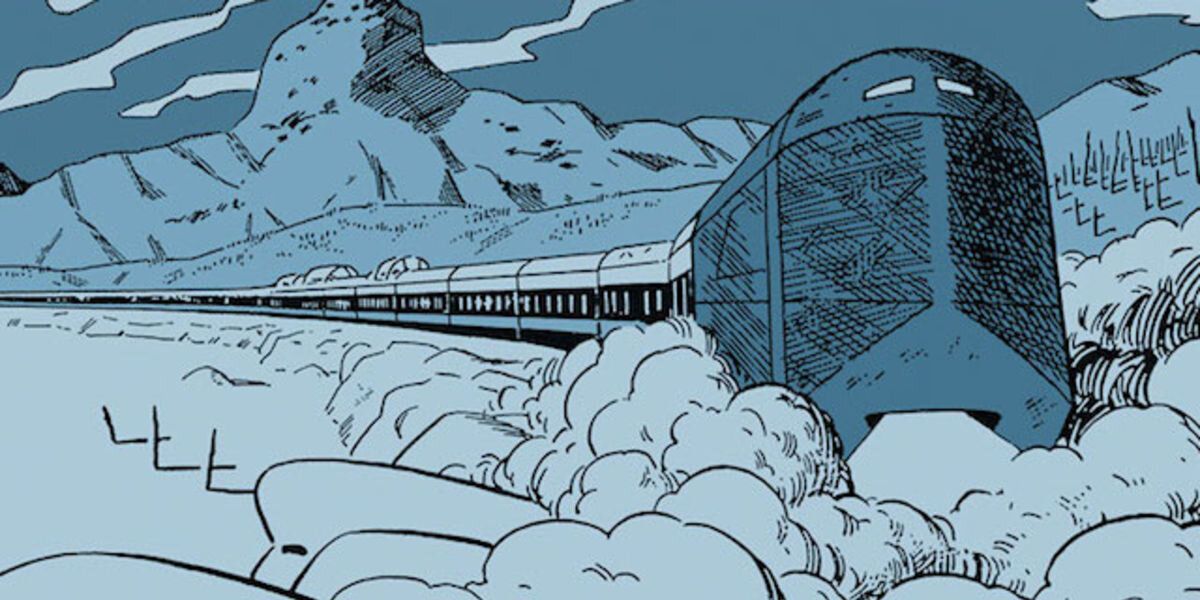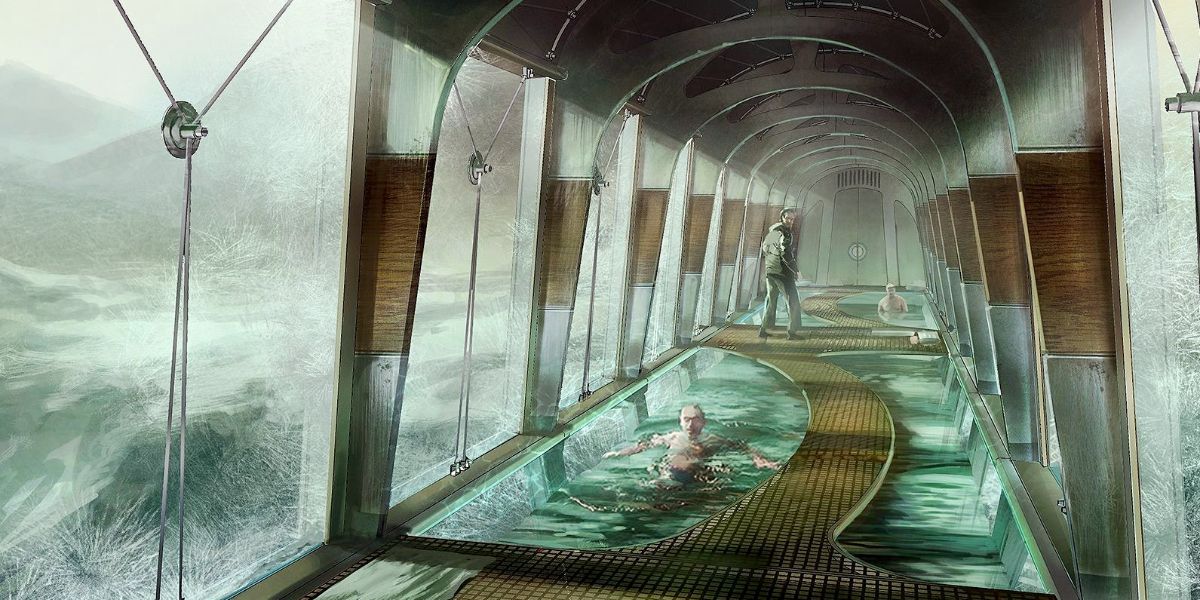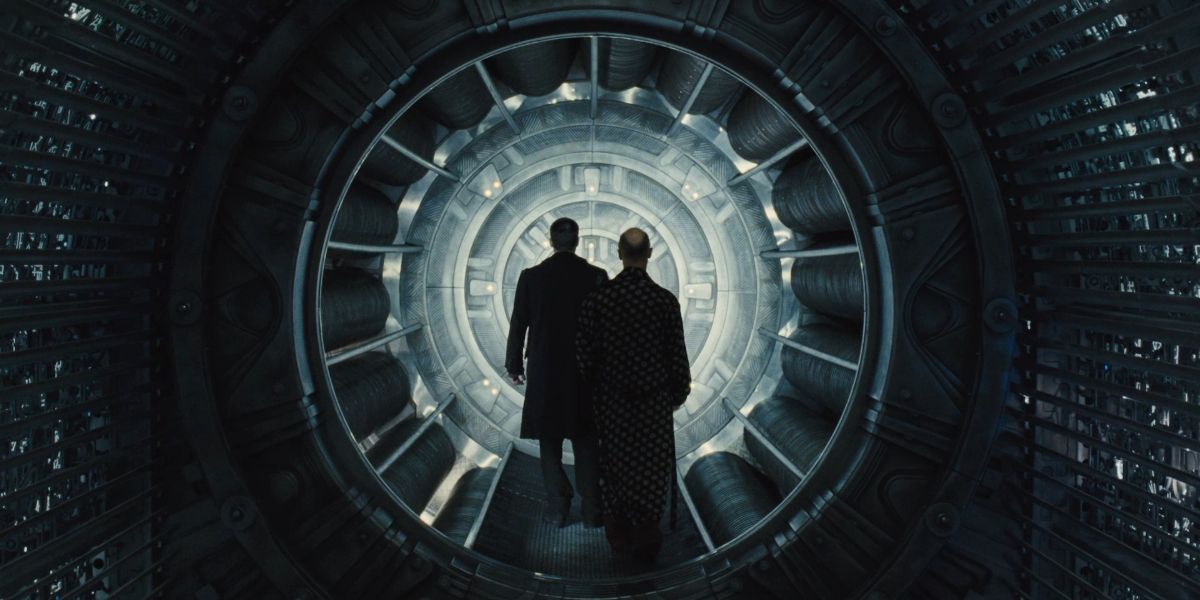2013's Snowpiercer was an entry point for Korean filmmaker Bong Joon-ho into English-speaking movies. The post-apocalyptic sci-fi movie was a South Korean-Czech-American collaboration that was praised for its style, story, and directing, showcasing the acting of a surprising Chris Evans as well as Tilda Swinton, John Hurt, and Ed Harris.
The film is based on the French graphic novel Le Transperceneige that tells the story of the last remains of humanity traveling in a gigantic train that circles the earth after a cataclysmic event freezes the planet. Now that a third version of the story inspired by the graphic novel has been released as a tv show, let's see how the film and the source material are different.
The Number Of Cars In The Train
The train depicted in the movie is much smaller than the one that appears in Le Transperceneige. Given the restraints of the movie shoot and the practicalities involved in trying to tell the story in the two-hour time frame of the film, the size of the train in Snowpiercer is reduced so the characters could reach the end of it.
So, in the movie, there are around 100 cars, while in the graphic novel there are 1001 cars. It's a pretty massive change, although the social structure is the same, with the richest people on the front and the poorest on the tail.
The True Reason For The Perpetual Snow
At the beginning of Snowpiercer, it is described how the earth came to be a frozen wasteland. Scientists were working on an experimental rocket that would reverse the effects of global warming but an accident made it explode, dragging earth to a new ice age.
Conversely, in the graphic novel, is not an experiment but a weapon that goes off. Interestingly enough, the reasons for the apocalypse in each version are opposites to their themes since the movie is more about class struggle and the comic is about environmentalism.
They Don't Share Characters
It's safe to say that Bong Joon-ho took a lot of liberties in adapting the graphic novel, basically, making the story that he wanted to tell about a giant train with the remains of humanity. For example, none of the characters are from the comics, being original creations for the film.
However, there are analogous characters, like the train engineer, but they fulfill different roles. In the movie, Chris Evans plays Curtis, the leader of the revolution, while in the graphic novel, Proloff, the protagonist, is motivated by selfish self-preserving reasons.
The Reason For The Conflict
Both film and graphic novel present their characters with one similar goal: get to the front of the train. Bong Joon-ho even makes a point in his movie, by always filming its character from their right side, as to indicate the right side of the screen as the front of the train and the left side as the back.
But their reasons couldn't be more different. Curtis, the movie character, has established relationships with the people of the back and that's what encouraged him to lead a revolution. Proloff, on the other hand, has no interest in other people besides his romantic interest. He just wants a better life for himself and his loved ones.
Different Moral Endings
At the end of Snowpiercer, the train derails and the only two people left alive are two children. They managed to get out of the wreckage and venture into the snow. When they see a faraway mountain, they discover a polar bear roaming as if nothing had happened. This is to illustrate that life goes on and the movie ends in an optimistic note.
The graphic novel is much grimmer. In his travel to the front of the train, Proloff destroys the windows of the second car, killing many people, including his romantic interest. He then assumes the care of the engine and, because of a plague, realizes that everyone in the train had died and he is the last man alive. The story hints that the train will never stop after his death.
The Food
One of the most disgusting scenes in the movie is when the people from the back of the train realizes that the protein bars they had been given to eat are made of bugs like roaches, while the people in the front eat sushi and steak. This is one of the inciting incidents of the revolution.
In Le Transperceneige, food isn't as drastically different between the front and the back of the train. There are only four types of foods: rats, captured, and cook by the bottom class. "Mama" a type of synthetic meat eaten by the middle-class. Fruits, for the higher class, and rabbits, that are carefully bred.
Living Conditions
Maybe the train in Le Transperceneige is longer but is definitely not much wider than its movie counterpart. In Snowpiercer, big spaces like freezing rooms, jacuzzi resorts, clubs, and even aquariums are able to exist inside the train. Even so, the lower class is able to have their own minuscule private space to sleep.
The art in the graphic novel makes a point to illustrate how crowded its version of the train is. People are stuck together in the tail, without having a spot to even sit on and one man's strongest wish is to be able to be alone for a least an hour.
There's A Second Train
One thing that the ending of Snowpiercer makes clear is the end of the titular train. After it derails, killing most of the principal characters, it let the audience believe that the story of human survival will continue outside the big locomotive.
In contrast, as with many graphic novels that are adapted to the big screen, the story doesn't end with the first volume. There is an actual continuation of Le Transperceneige, in which a second train, named "Icebreaker," appears with a whole new set of characters inside of it.
Different Social Issues
One of the biggest differences between the movie and the graphic novel is their thematic focus, as previously mentioned. The movie is concerned more with the social class struggle between the people in the tail and the front, highlighting the responsibility of a system that perpetuates such struggle.
The graphic novel opts to tackle an environmental dilemma since the world it depicts is about a dying one, represented by the train with diminished resources.
The Engine
The main antagonist in Snowpiercer is Ed Harris's Wilford, the engine master who orchestrates the revolution to maintain the population of the train stable an ongoing. A megalomaniac who thinks only of sustaining the status quo and tries to convince Curtis to keep it. The engine in the movie represents that.
In the comic, Proloff reaches the engine at the front to find it guarded by the old senile engineer Alec Forrester, who doesn't care about anyone else but the machine itself. His affection even goes so far as to name it. Proloff finds himself alone at the end, with only the company of "Olga."

